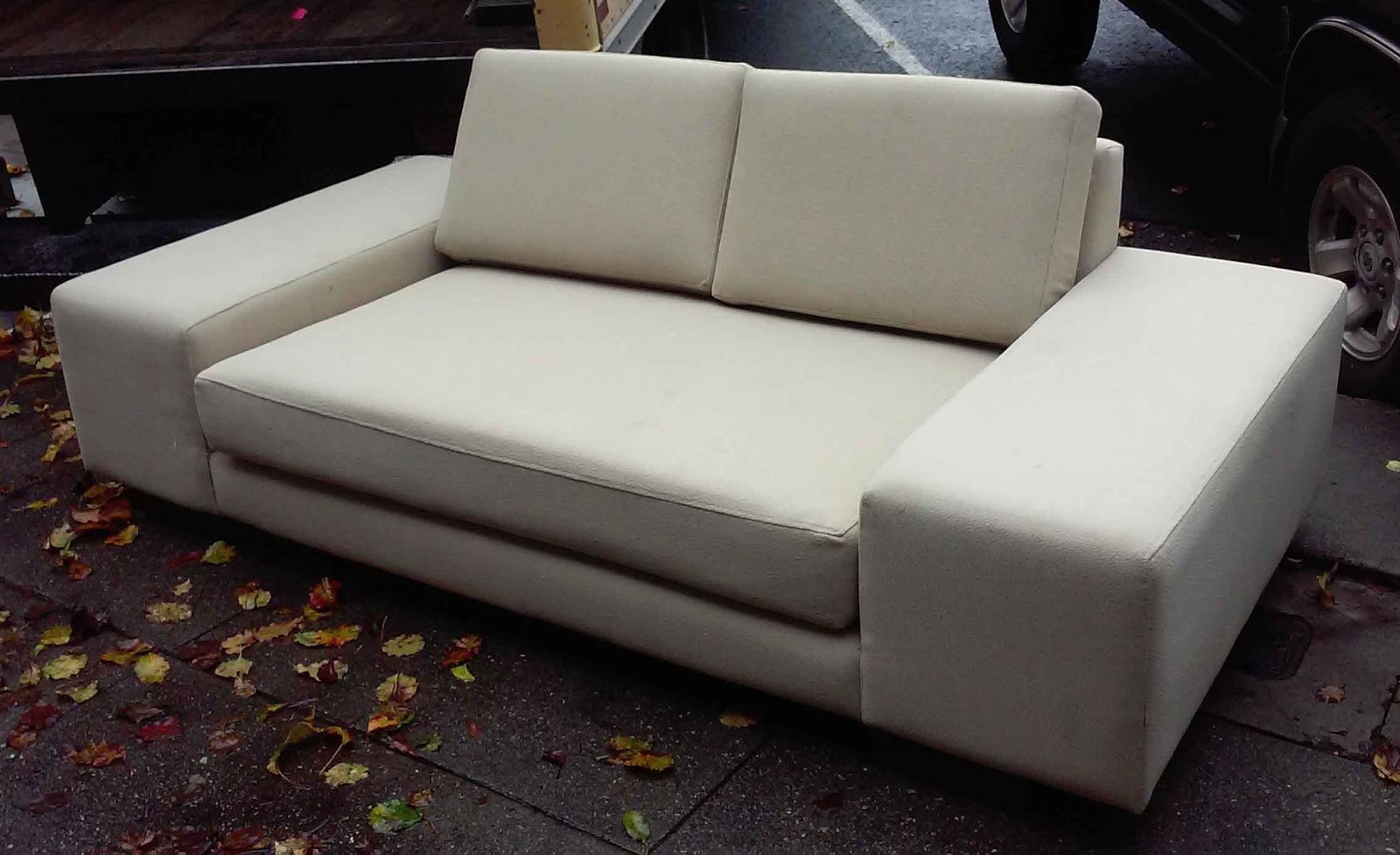When it comes to creating the perfect kitchen island, one of the most important things to consider is the amount of space you have available. This will not only determine the size of your island, but also the overall layout and functionality of your kitchen. Kitchen island should have enough space for you to move around comfortably and for multiple people to work and gather around. A good rule of thumb is to have at least 3 feet of space between the island and any other cabinets or appliances.1. Kitchen Island Design Rule of Thumb: How Much Space Do You Need?
The size of your kitchen island will depend on the size of your kitchen and your specific needs. For smaller kitchens, a small kitchen island can still add functionality and style without taking up too much space. For larger kitchens, a bigger island can serve as a statement piece and provide ample space for cooking and entertaining. As a general rule of thumb, your island should be no more than 4 feet wide and 9 feet long.2. Kitchen Island Design Rule of Thumb: How to Determine the Right Size
When designing your kitchen island, there are some key measurements that you should keep in mind. These include the height of your island, the width of your countertop, and the distance between your island and other elements in your kitchen. The standard height for a kitchen island is 36 inches, but this can vary depending on the height of your countertops and the intended use of your island.3. Kitchen Island Design Rule of Thumb: Key Measurements to Consider
When deciding on the height of your kitchen island, consider the main purpose of your island. If it will primarily be used for food preparation, a height of 36 inches is ideal. However, if you plan on using your island for dining or entertaining, a height of 42 inches will provide a more comfortable seating option. You can also choose to have a multi-level island with different heights for different purposes.4. Kitchen Island Design Rule of Thumb: Tips for Choosing the Perfect Height
The layout of your kitchen island is just as important as its size and height. It should complement the overall flow of your kitchen and make your everyday tasks easier. One design rule of thumb is to make sure there is enough space between your island and other elements in your kitchen, such as your refrigerator, stove, and sink. This will prevent any crowding and ensure that your island serves as a functional and efficient workspace.5. Kitchen Island Design Rule of Thumb: How to Create a Functional Layout
When designing your kitchen island, there are some common mistakes that you should avoid. These include making your island too big or too small for your space, not leaving enough space between your island and other elements, and not considering the overall flow and functionality of your kitchen. Keep these in mind to create a well-designed and functional island that fits seamlessly into your kitchen.6. Kitchen Island Design Rule of Thumb: Common Mistakes to Avoid
In addition to providing extra workspace, a kitchen island can also offer additional storage and seating options. When designing your island, consider incorporating cabinets and drawers for storage, as well as a kitchen island with seating for casual dining or entertaining. This will not only add functionality to your kitchen, but also make it a more inviting and social space.7. Kitchen Island Design Rule of Thumb: Maximizing Storage and Seating
A kitchen island can also serve as a convenient location for appliances and fixtures. This can include a sink, dishwasher, or even a cooktop. When incorporating these elements, make sure there is enough space and ventilation for them to function properly. Also, consider the placement of your outlets and kitchen island lighting to ensure easy access and proper lighting for your island.8. Kitchen Island Design Rule of Thumb: Incorporating Appliances and Fixtures
Your kitchen island doesn't just have to be functional, it can also add a touch of style and personality to your kitchen. Consider incorporating a different countertop material or incorporating a different color or finish for your island to make it stand out. You can also add decorative elements such as pendant lights or bar stools to make your island a focal point in your kitchen.9. Kitchen Island Design Rule of Thumb: Adding Style and Personality
Before finalizing your kitchen island design, make sure to consider the overall style and design of your kitchen. Your island should complement the rest of your kitchen and not look out of place. Additionally, there are many online resources and design tools available to help you plan and visualize your dream kitchen island. Take advantage of these to ensure your island meets all your functional and aesthetic needs.10. Kitchen Island Design Rule of Thumb: Final Considerations and Resources
The Importance of a Kitchen Island in House Design

The kitchen is the heart of any home, and an essential part of a functional and aesthetically pleasing kitchen is a kitchen island . This design element has become increasingly popular over the years and for good reason. Not only does it provide additional counter space and storage, but it also serves as a gathering place for family and friends. When designing a kitchen, it's important to keep in mind the rule of thumb for incorporating a kitchen island.

First and foremost, the size of your kitchen will determine the size of your kitchen island. Space is a crucial factor to consider when designing any room, and the kitchen is no exception. A good rule of thumb is to have at least 42 inches of clearance on all sides of the island, allowing for easy movement and traffic flow. This also ensures that the island doesn't overwhelm the space and allows for other necessary kitchen elements, such as a sink or stove, to be incorporated into the island.
Another important factor to consider is the layout of your kitchen. A popular design trend is the open-concept kitchen, where the kitchen flows seamlessly into the living or dining area. In this case, the kitchen island serves as a transitional piece, connecting the two spaces. For this layout, a larger and more functional island is recommended to not only provide additional storage and counter space but also to serve as a focal point in the room.
For smaller kitchens, a galley or L-shaped kitchen layout may be more appropriate. In these cases, a smaller, more compact kitchen island can still provide the same benefits without overwhelming the space. A rolling or movable kitchen island can also be a great option for smaller kitchens, as it can be easily tucked away when not in use.
When it comes to design, the kitchen island can be a great opportunity to add character to your kitchen. It can serve as a statement piece, with unique features such as a butcher block top, a contrasting color, or decorative legs. It's also a great place to incorporate additional design elements, such as pendant lights or bar stools, to tie the island in with the rest of the kitchen.
In conclusion, incorporating a kitchen island into your house design not only adds functionality and storage, but it also adds to the overall aesthetic of your kitchen. By following the rule of thumb for kitchen island design, taking into consideration the size, layout, and design of your kitchen, you can create a space that is both beautiful and practical.





:max_bytes(150000):strip_icc()/distanceinkitchworkareasilllu_color8-216dc0ce5b484e35a3641fcca29c9a77.jpg)
























:max_bytes(150000):strip_icc()/farmhouse-style-kitchen-island-7d12569a-85b15b41747441bb8ac9429cbac8bb6b.jpg)




:max_bytes(150000):strip_icc()/DesignWorks-0de9c744887641aea39f0a5f31a47dce.jpg)







/cdn.vox-cdn.com/uploads/chorus_image/image/65889507/0120_Westerly_Reveal_6C_Kitchen_Alt_Angles_Lights_on_15.14.jpg)




:max_bytes(150000):strip_icc()/GettyImages-1398693405-ab1afd6b3c3b41bc990a812e5381d746.jpg)



























